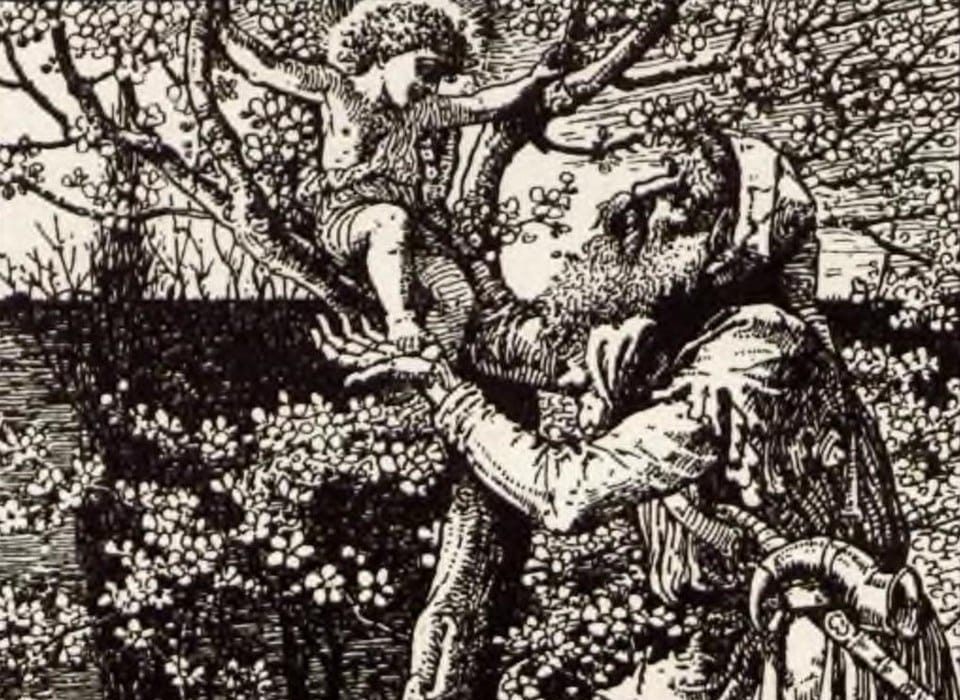In the annals of the writing world, there is a legendary group of artists who came from post-war America to transform the written word. These artists were known as The Lost Generation. In the time between World War I and World War II, these artists existed in various states, but many of them congregated at a house in France to share ideas. These individuals were responsible for creating the modernist movement. Their art continues to inspire authors, painters, and poets to this day. In this post, we examine the modernist movement.
Background of the Lost Generation
The Lost Generation came out of the horrors of World War I. There, many of the writers and painters who would make this generation work in their favor found themselves fighting senseless, violent battles. Likewise, those who hadn’t fought, were fed into the zeitgeist of the times–consumerisms and modernity. Then, they were lost in the streets of Europe thereafter. As such, the artists from this generation were cynical and disillusioned with the country. The promises of heroism and nationalism turned sour when looking at the realities of warfare and changing times.
These artists were lost because they felt that their “values were no longer relevant in the postwar world.” They also experienced “spiritual alienation” from the Warren G. Harding administration post-WWI.
Characteristics of The Lost Generation
The key elements of the Lost Generation include alienation from society. That is to say, the society at large did not understand what the Lost Generation understood. The morals of the world were imperfect, and there existed a sense that America’s imperfections were far too noticeable. Many of these artists moved to Europe as expatriates. The superficial nature of American life also played a role in the Lost Generation. This included the materialism of buying and consumerism as a whole. The US at this point was in the Roaring ’20s. During this time, the country was in an economic boom.
In F. Scott Fitzgerald’s The Great Gatsby, the author discusses two of the characters just as he would about people living in the Lost Generation.
Fitzgerald writes that Tom and Daisy were “careless people,” because “they smashed up things and creatures and then retreated back into their money or their vast carelessness …” What Fitzgerald means is that the carelessness of the Lost Generation was there and apparent. They were lost, dangerous and living on the edge of society.
Lost Generation Artists
- Ernest Hemingway – The Sun Also Rises (1926)
- F. Scott Fitzgerald – The Great Gatsby (1925)
- Gertrude Stein – Three Lives (1909)
- T. S. Eliot – The Waste Land (1922)
- E. E. Cummings – The Enormous Room (1922)
- Erich Maria Remarque – All Quiet on the Western Front (1929)
Conclusion
The Lost Generation is an exciting and interesting group of artists. While they fell off their particular themes later in life, they found themselves in the US during a time of prosperity and changing norms. In this way, their own values contradicted what was being forced upon them. A return to normalcy in presidential terms caused blowback and vitriol from these authors. Many of their lives were filled with drinking, adventuring, and seeking an answer to where they belonged.





Leave a comment